What is the Outlaw Archetype?
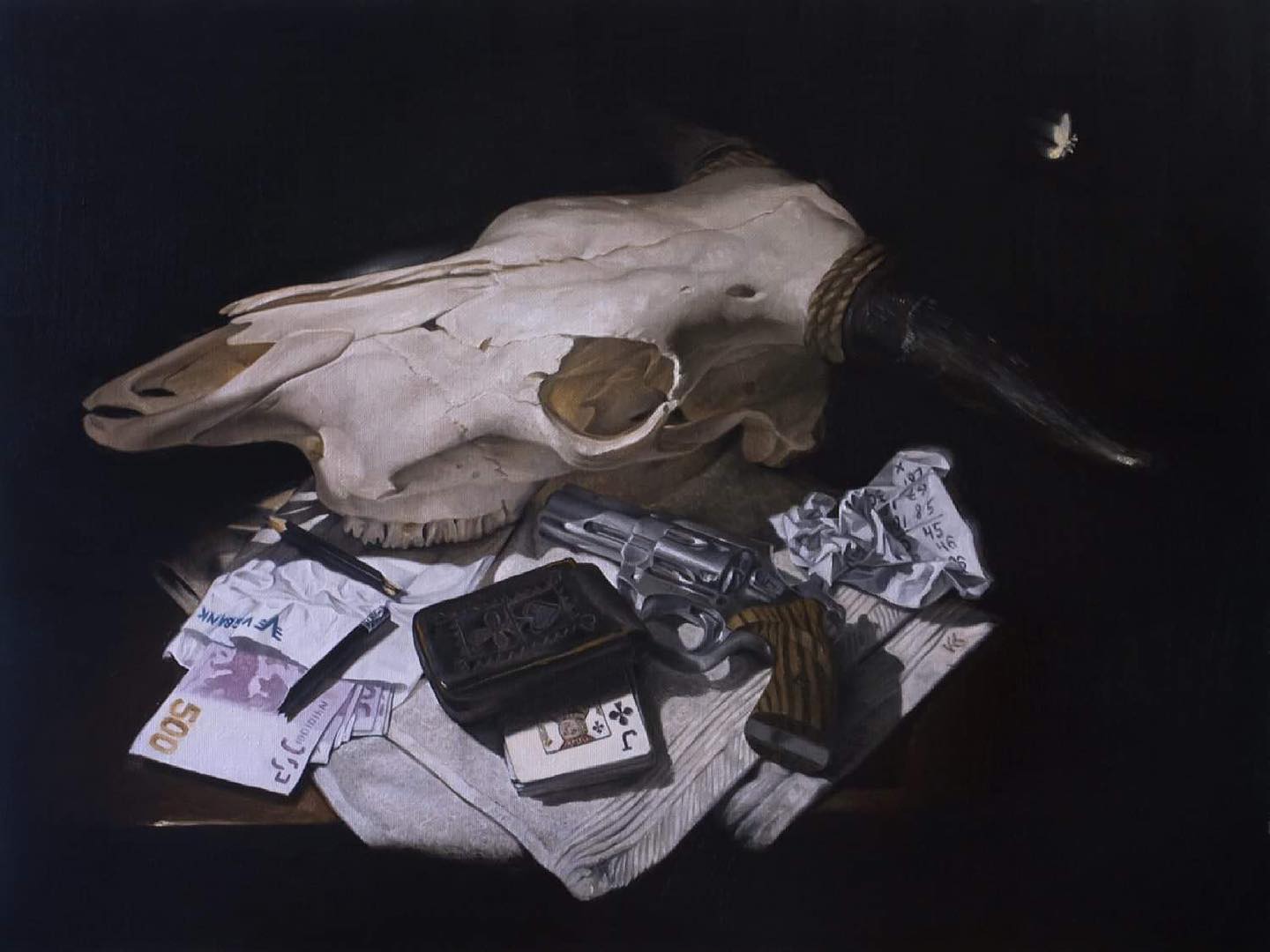
Origins and Characteristics
The Outlaw archetype represents the rebellious spirit that challenges the status quo and fights against injustice. Present in various forms throughout history, the Outlaw embodies the human desire for freedom, autonomy, and authenticity [1]. This article explores the origins, characteristics, and significance of the Outlaw archetype, examining its role in shaping human culture and consciousness.
Explore all the Archetypes
The Outlaw Archetype in Parts-Based Therapies
In parts-based therapies like Internal Family Systems (IFS), Schema Therapy, and Voice Dialogue, the Outlaw archetype can be understood as a distinct part or subpersonality within an individual’s psyche [2].
In IFS, the Outlaw may manifest as a rebellious, anti-authoritarian part that fights against oppression and injustice. However, if burdened, the Outlaw part may become destructive or self-sabotaging [3].
Schema Therapy views the Outlaw as an aspect of the Healthy Adult mode, promoting adaptive assertiveness and boundary-setting. Maladaptive schemas like Mistrust/Abuse or Defectiveness may distort the Outlaw’s expression [4].
Voice Dialogue recognizes the Outlaw as a unique voice that can be dialogued with to access inner strength and authenticity. Imbalances may occur if the Outlaw voice dominates or is suppressed by other voices [5].
The Outlaw’s Role in the Hero’s Journey
In the Hero’s Journey, the Outlaw archetype often appears as a catalyst for change, challenging the hero to question the status quo and break free from societal constraints [6]. The Outlaw’s rebellious spirit is essential for the hero’s growth and transformation.
The Role of the Outlaw in Prehistory and Ancient History
In prehistoric times, the Outlaw archetype was embodied by individuals who challenged the established order and fought for survival in harsh environments [7]. In ancient civilizations, Outlaw figures like Prometheus (Greek) and Robin Hood (English folklore) became symbols of resistance against tyranny and oppression [8].
The Outlaw in Literature and Art
The Outlaw archetype has been a central figure in literature and art, from the Romantic poets to the Beat Generation [9]. Outlaw characters like Huckleberry Finn, Jack Kerouac’s Dean Moriarty, and Katniss Everdeen have captured the imagination and inspired readers to question authority and seek freedom [10].
The Outlaw in Psychology and Personal Development
Psychologists like Carl Jung and Rollo May recognized the importance of the Outlaw archetype for personal growth and individuation [11]. The Outlaw encourages individuals to break free from conformity, express their authentic selves, and fight for their beliefs [12].
The Shadow Side of the Outlaw
The Outlaw’s shadow may manifest as a destructive or antisocial individual, disregarding the rights and well-being of others [13]. Integrating the Outlaw requires balancing rebellion with responsibility, and individuality with respect for others [14].
The Outlaw in Relationships, Careers, and Life
The Outlaw archetype influences various aspects of life, from personal relationships to career choices. Outlaw-oriented individuals may thrive in fields like activism, the arts, or entrepreneurship, but must also learn to balance their need for freedom with the demands of society and relationships [15].
Interpersonal Neurobiology and Somatic Experience
The Outlaw archetype shapes our somatic experience, influencing the emotions we tend to emphasize or avoid. Overidentifying with the Outlaw may lead to feelings of anger, alienation, or restlessness, while neglecting this archetype may result in a sense of conformity and inauthenticity [16].
Trauma and the Outlaw Archetype
Trauma related to the Outlaw archetype can manifest as a fear of authority, difficulty trusting others, or a tendency to self-sabotage. Enmeshment with the Outlaw may lead to a rejection of all rules and boundaries, while avoidance can result in a sense of powerlessness and conformity [17].
The Outlaw in Politics and Religion
In politics, the Outlaw archetype is embodied by revolutionaries and activists who fight against oppression and injustice. However, the shadow Outlaw may use violence or extremism to achieve their goals [18]. In religion, the Outlaw is often associated with heretics and mystics who challenge dogma and seek direct spiritual experience [19].
The Balanced Outlaw: Benefits and Opportunities
When balanced, the Outlaw archetype enables individuals to stand up for their beliefs, challenge injustice, and live authentically. Embracing the Outlaw can lead to personal liberation, creativity, and the ability to effect positive change in society [20].
The Outlaw in the Modern World
In today’s rapidly changing world, the Outlaw archetype is more relevant than ever. The modern Outlaw must navigate the challenges of globalization, technological disruption, and social inequality, using their rebellious spirit to create a more just and equitable world [21].
The Outlaw Archetype’s Role in the Evolution of Human Culture and Consciousness
The Outlaw archetype has been a driving force in the evolution of human culture and consciousness. By challenging the status quo, fighting for freedom, and expressing authentic individuality, Outlaws have pushed the boundaries of what is possible, shaping the course of history and expanding human potential [22].
The Rebel Archetype in Posture and Somatic Experience
Those strongly identified with the Rebel archetype may have a defiant, confrontational posture that reflects their resistance to authority and convention. They may experience a sense of adrenaline and aliveness when challenging the status quo. However, when the Rebel feels powerless or suppressed, they may experience somatic symptoms such as jaw tension, clenched fists, or a sense of burning rage in the body.
Enneagram and MBTI Correlations with the Rebel Archetype
Enneagram: Type 8 (The Challenger), Type 4 (The Individualist) MBTI: ENTJ (Extraverted, Intuitive, Thinking, Judging), ISTP (Introverted, Sensing, Thinking, Perceiving)
The Rebel Archetype in Screenwriting and Fiction Plotting
The Rebel often plays the role of the maverick, the revolutionary, or the misfit in stories. They may be driven by a desire to challenge authority, break free from societal norms, or fight for a cause they believe in, often facing opposition from those in power.
The Power of the Outlaw
The Outlaw archetype represents the transformative power of rebellion, authenticity, and the fight for justice. By understanding and embracing the Outlaw within, we can tap into a boundless source of inner strength, contributing to the ongoing struggle for personal and collective liberation [23].
Bibliography
- Kaufman, S. B. (2018). Transcend: The new science of self-actualization. TarcherPerigee.
- Schwartz, R. C. (1995). Internal family systems therapy. Guilford Press.
- Earley, J. (2009). Self-therapy: A step-by-step guide to creating wholeness and healing your inner child using IFS. Pattern System Books.
- Young, J. E., Klosko, J. S., & Weishaar, M. E. (2006). Schema therapy: A practitioner’s guide. Guilford Press.
- Stone, H., & Stone, S. (2011). Embracing ourselves: The voice dialogue manual. New World Library.
- Campbell, J. (1949). The hero with a thousand faces. New World Library.
- Ehrenreich, B. (2007). Dancing in the streets: A history of collective joy. Metropolitan Books.
- Seal, G. (2011). Outlaw heroes in myth and history. Anthem Press.
- Stephenson, G. R. (1992). The American outlaw: A legacy of fact and fiction. University of Oklahoma Press.
- Farrell, J. (1997). The spirit of the sixties: The making of postwar radicalism. Routledge.
- Jung, C. G. (1968). The archetypes and the collective unconscious. Princeton University Press.
- May, R. (1991). The cry for myth. W. W. Norton & Company.
- Zweig, C., & Abrams, J. (1991). Meeting the shadow: The hidden power of the dark side of human nature. Tarcher.
- Keen, S. (1991). Fire in the belly: On being a man. Bantam Books.
- Pearson, C. S. (1991). Awakening the heroes within: Twelve archetypes to help us find ourselves and transform our world. HarperCollins.
- Van der Kolk, B. A. (2015). The body keeps the score: Brain, mind, and body in the healing of trauma. Penguin Books.
17. Herman, J. L. (2015). Trauma and recovery: The aftermath of violence–from domestic abuse to political terror. Basic Books.
18. Gupta, D. K. (2001). Path to collective madness: A study in social order and political pathology. Praeger.
19. Fox, M. (1988). The coming of the cosmic Christ: The healing of mother earth and the birth of a global renaissance. HarperOne.
20. Barker, C. (2001). Cultural studies and discourse analysis: A dialogue on language and identity. SAGE.
21. Rifkin, J. (2009). The empathic civilization: The race to global consciousness in a world in crisis. Tarcher.
22. Tarnas, R. (2006). Cosmos and psyche: Intimations of a new world view. Viking.
23. Grof, S. (2000). Psychology of the future: Lessons from modern consciousness research. State University of New York Press.

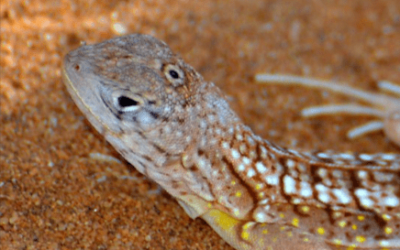
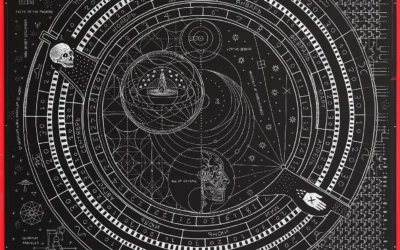
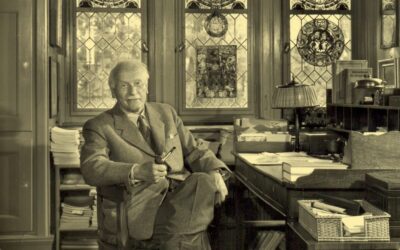
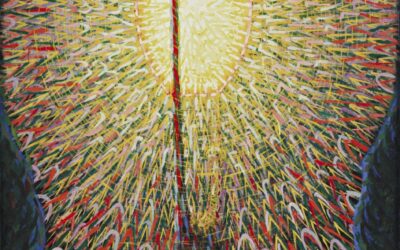
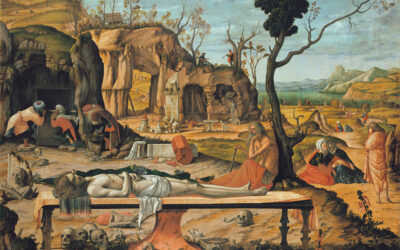
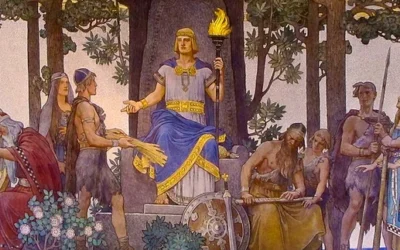
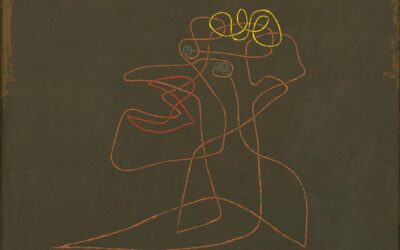
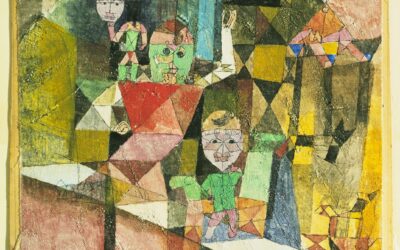
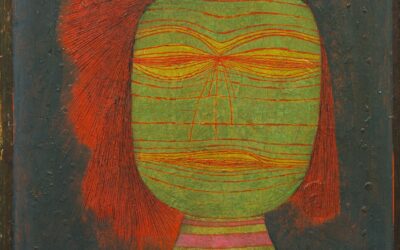
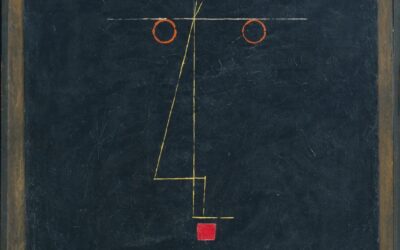
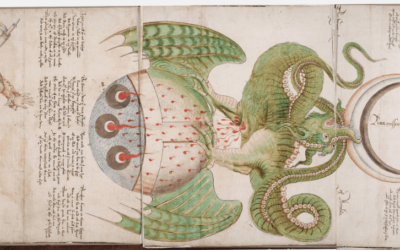

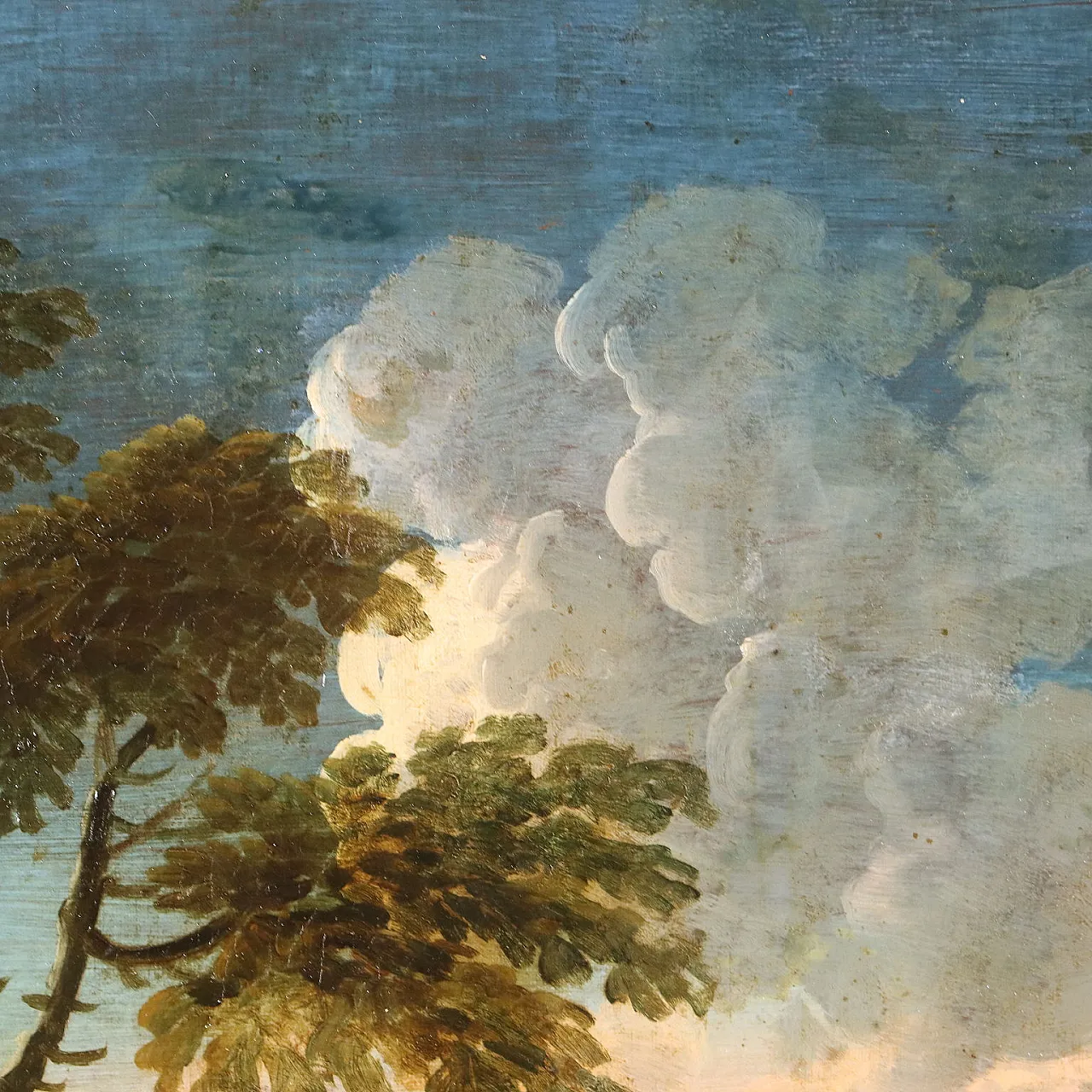
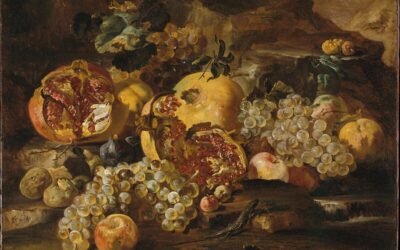
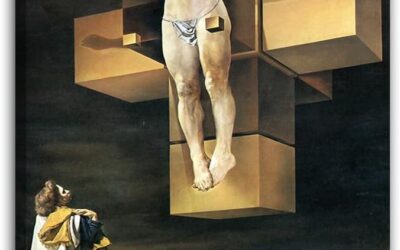
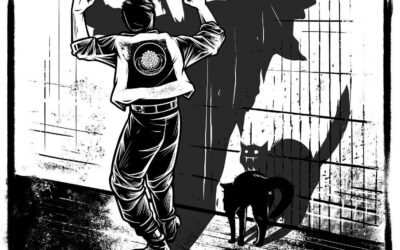

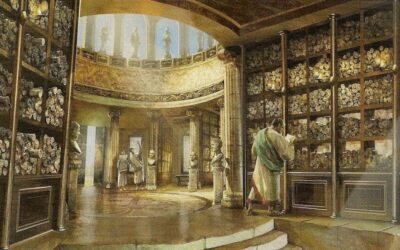
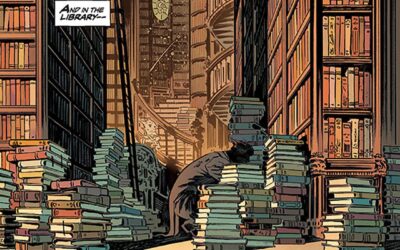
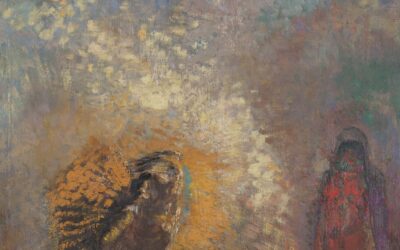

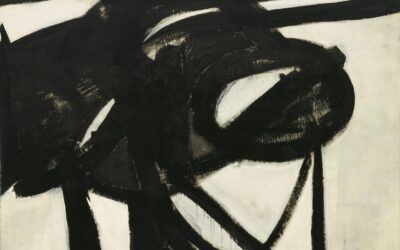
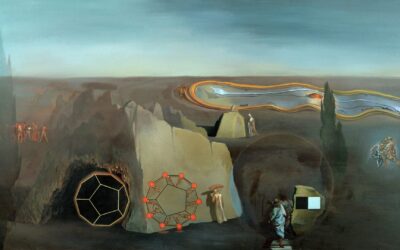

0 Comments